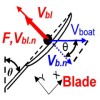 |
Blade Drag Factor |
During the drive phase, the blade slips through the water creating a resistive drag force, which is in fact the propulsive force moving the whole rower-boat system forward. The blade drag Factor DF was found about 120 times higher than boat DF, and this is is the only reason why the rower-boat system is able to move through the water. |
10/06/2018 |
View |
 |
Interpretation of the blade work profile |
After force curve, the blade work profile is another important area of evaluation of rowing skill. A quick blade entry must coincide with rapid horizontal oar acceleration. This is one of the most difficult skills to learn in rowing, a type of ŌĆ£rowing artŌĆØ. Visually, good blade work at the catch looks like V-shaped combination of front and back splashes at high rates, or no splashes at all at low rates. |
25/05/2018 |
View |
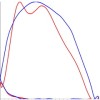 |
Interpretation of the force curve |
We always try to make the BioRow reports provided after testing simpler and easier to understand, so in order to achieve this we developed an ŌĆśevaluationŌĆÖ template. The force curve is traditionally considered as one of the most important indicators of rowing technique. |
10/05/2018 |
View |
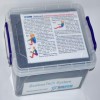 |
Ergs comparison using BioRowTech system |
Recently, the BioRowTech system was used for the comparison of rowing biomechanics on two types of ergometers: on the stationary Concept2 and on the RP3 with the floating stretcher mechanism. Rowing Factors appear to be quite different on stationary and mobile ergs, their targets ranges should be different as well. |
09/04/2018 |
View |
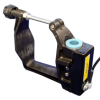 |
History of rowing force measurements |
The age of force measurements in rowing surpasses the age of the modern Olympic Games: the first study of military doctor Leon Passover from Saint-Petersburg, Russia was published in 1893 |
14/03/2018 |
View |
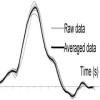 |
BioRow data analysis |
When rowing is measured with any telemetry system, the raw data looks like a long chain of waves, where each peak represents one stroke cycle, which makes the amount of data overwhelming and difficult to comprehend. BioRow averaging algorithm was developed and used for more than 25 years now, works correctly and reliably and provides effective data analysis and feedback in rowing and other cyclic sports. |
16/02/2018 |
View |
 |
Using legs and trunk during the drive |
Why having ŌĆ£shins verticalŌĆØ is a desired starting point at the catch? Why is opening up with the trunk at the catch a problem? When is the best time to open the trunk? |
19/01/2018 |
View |
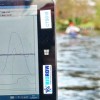 |
New BioRow developments |
A new BioRow┬« 2D force sensor for a foot-stretcher was recently developed, which can be used with our erg system as well as in the boat. We are working on connection of BioRowTel system to NK EmPower instrumented oarlocks. The ŌĆśMasterŌĆÖ unit of the BioRow┬« system is able to connect wirelessly with oarlocks. |
25/11/2017 |
View |
 |
Analysis of Worlds-2017 results |
The first World Championship of the new Olympic cycle recently took place in Sarasota, USA. Moderate weather conditions allowed results close to the long-term trend (Fig.1): the average speed of the winning crews was 13th fastest over the past 25 years. This year revealed a dramatic increase of the racing stroke rate... |
22/10/2017 |
View |
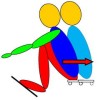 |
New system for technique improvement |
How does rowing on the erg affect technique in the boat? Discussions on this topic are quite popular in the rowing community. Our new BioRowTech system is quite a simple, but effective tool for rowing technique improvement for rowers at all levels. |
16/09/2017 |
View |













